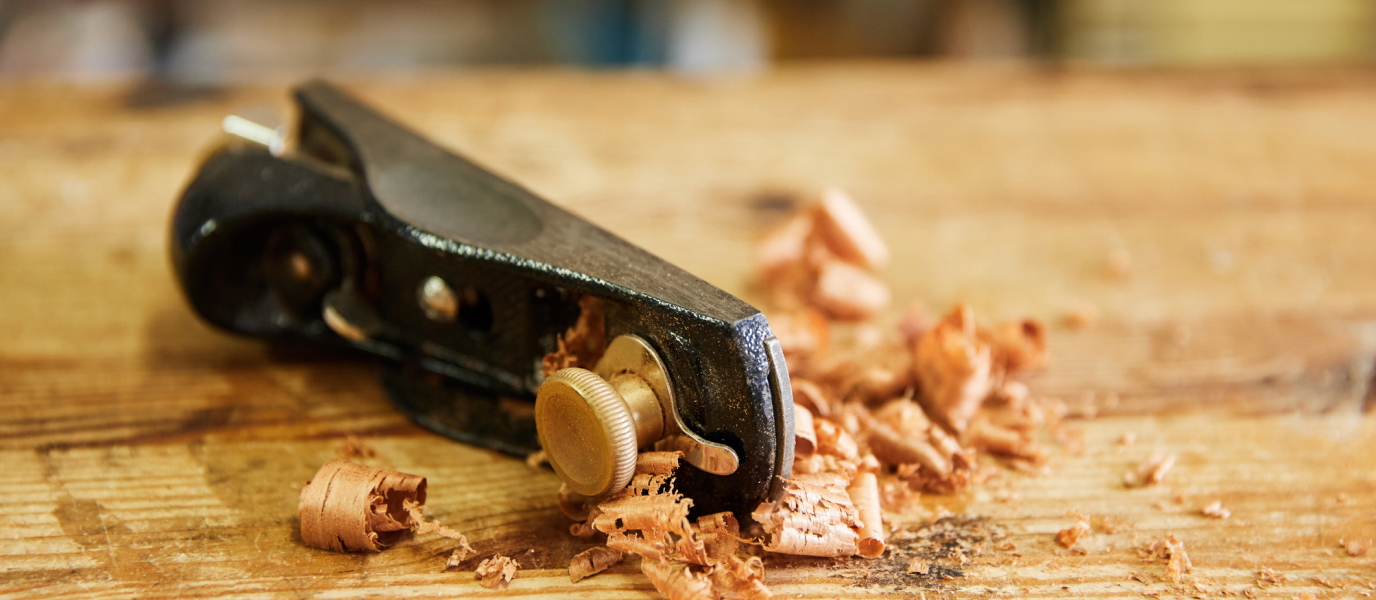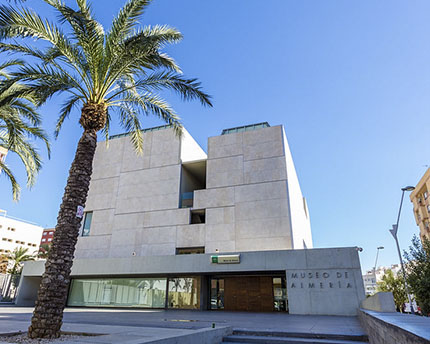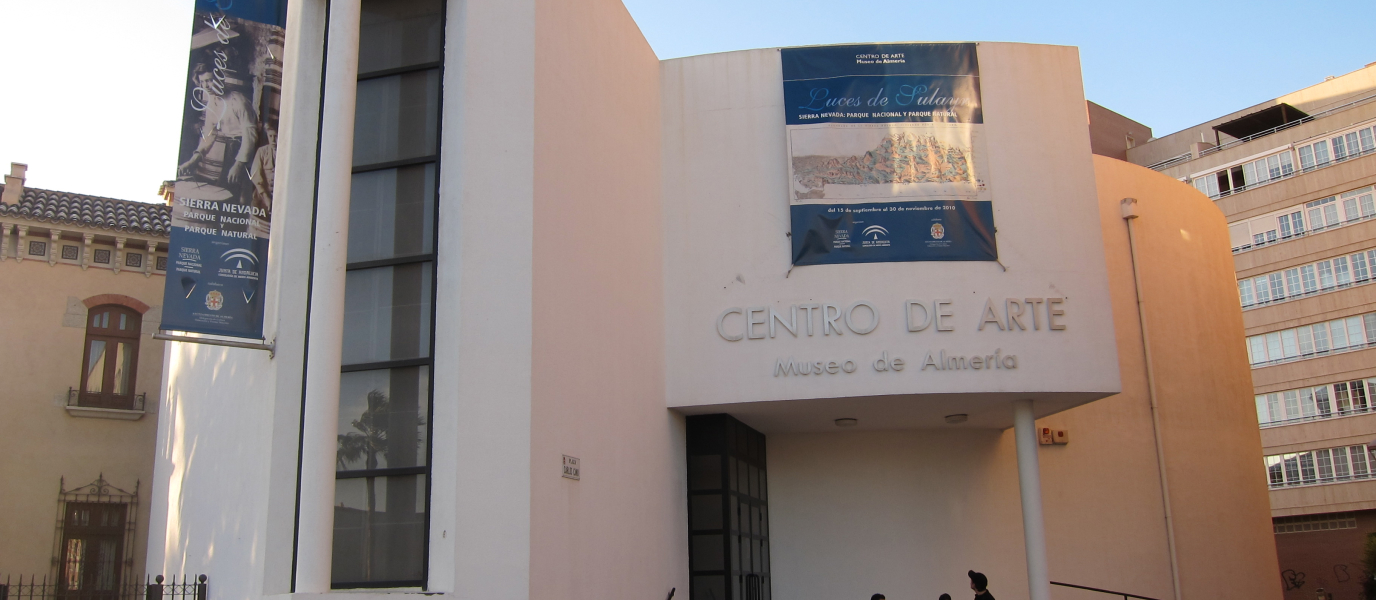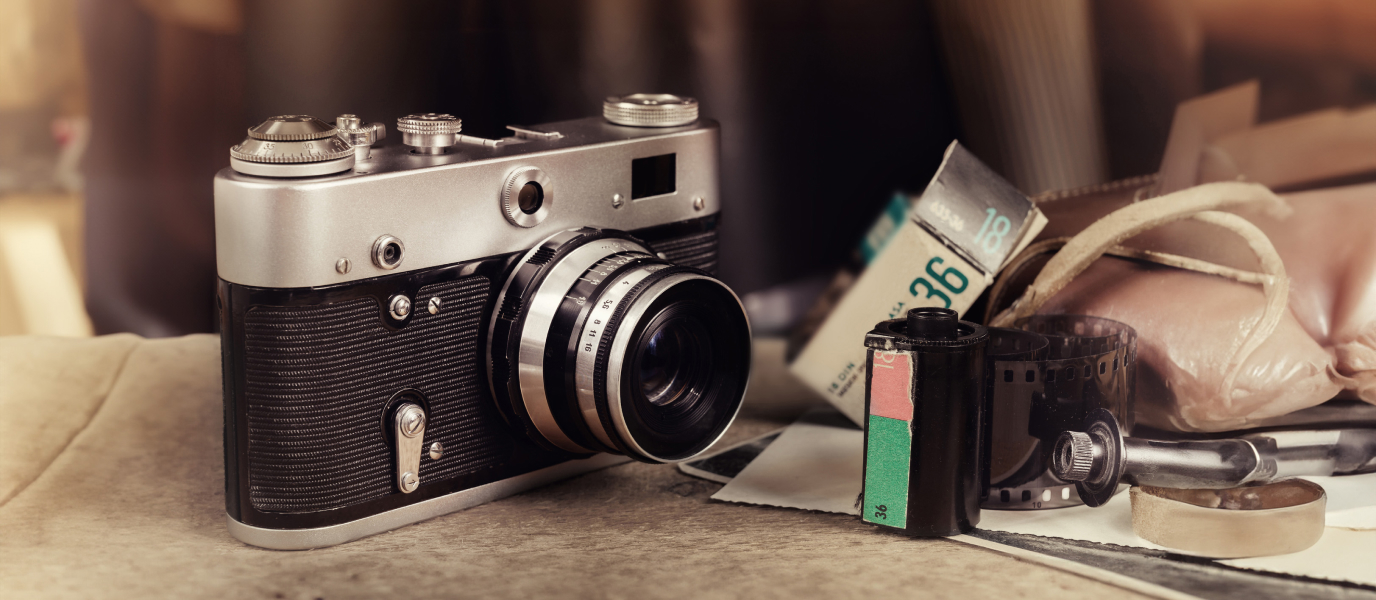In the centre of Almeria, close to the cathedral, you’ll be surprised to come across a truly unique museum; The Spanish Guitar Museum of Antonio de Torres. This museum accentuates the already deep traditions of flamenco and Spanish guitar that thrive in this city. If you are one of the many people captivated by this instrument, then this place is a must-see on your list. The way that the museum lays out the history and uncovers the secrets and keys of the Spanish guitar, makes it an essential addition to the rich history of Almeria.
The entire spectrum of styles and periods are represented in this museum, which also pays homage to the great guitar players throughout history from Andres Segovia, Paco de Lucia and Tomatito, to Santana and Jimi Hendrix. One of the exhibits includes a large collection of guitars, showing you how this instrument has changed and developed over the years. Another of the rooms is dedicated to showing visitors the entire process of making a guitar, from design to construction. Also, don’t miss out on the museum’s wonderful interactive area where visitors can use headphones to listen to classic recordings or maybe, if scheduled, you can catch one of the live performances that take place at the museum in its small auditorium.
The Guitar Museum: a homage to Antonio de Torres and a brief history of his time.
The Guitar Museum is dedicated to one of Almeria’s most famous natives, Antonio de Torres. Born on the 13th of June, 1817, this expert luthier is considered the father of the modern guitar as most acoustic guitars in use today are derivatives of his designs. He apprenticed as a carpenter in his youth, before moving to Seville and entering the world of guitars in the mid-19th century. In Seville he became great friends with the Almerian, Julián Arcas, who created the rondeña, which is a particular musical form of flamenco originating in the town of Ronda, Andalusia. Julián also composed others styles of flamenco, including waltzes, preludes and, fandangos. It was for Julian, that Antonio created the legendary guitar ‘La Leona’ (The Lioness). During this time, Antonio also built guitars for other talented guitarists of the age like, Miguel Llobet and Francisco Tárrega.
Antonio Torres is recognised for his freedom of expression when it came to modernising the guitar. He was quick to maintain elements that worked but he wasn’t afraid to add improvements, where he saw fit. It is these enhancements that can be found in the classical and flamenco guitars that we see, hear and enjoy, today. The attention to detail and aesthetic beauty in these guitars are the hallmarks of this Almerian luthier. Historically, Antonio Torres is considered the woodworking genius who elevated the guitar to an instrument worthy of concert halls, spreading his models across the world. In time, other luthiers took up the mantle and built upon Torres’s initial plans, guitar makers like; Manuel Ramirez, Santo Hernández, Hermann Hauser I, Albert Augstine and Robert Bouchet.
Over time, critics, academics and musicians have come to consider the guitars of Antonio Torres as equivalents to Stradivarius violins. They have been elevated to such statuses because of their uniqueness in regards to tonal clarity, harmonic variations, maintaining perfect tuning, amongst other subtle nuances. These instruments have been played by the likes of Arcas (1832 – 1882), Tárrega (1852 – 1909), Llobet (1878 – 1938), Sainz de la Maza (1896 – 1981), Segovia (1893 – 1987), Yepes (1927 – 1997), Romero (1937 – 2018), Grondona (1958 – ) and, Trepat (1960 – ), who are some of the classical and flamenco masters of the 19th, 20th and 21st centuries.
The history of the Almeria Guitar Museum
The Antonio de Torres Guitar Museum was inaugurated on the 20th of December, 2013. It is situated behind the city’s cathedral, in the building that also the houses the City Museum on Ronda del Beata Diego Ventaja. At its opening, a number of small statues that made up the silhouette of a Torres guitar were put on display. There were also performances by a number of guitarists and other musicians to celebrate the hard work that was put in by those who helped create the museum.
The museum is comprised of 3 floors with each one dedicated to different aspects related to the history and playing of guitars, from exhibition rooms and function rooms to communal spaces and a small auditorium for 150 people. In 2017, the School of Luthiery was opened in the museum, a pioneering project in Spain with the objective to teach students the art of making string instruments.
The Guitar Museum: a celebration of flamenco music.
The Guitar Museum, which is managed by the Almeria City Council, is not only an exhibition space but also, it aims to teach its visitors in an interactive manner. In addition to contemplating the exhibits and the history within, visitors are also encouraged to go to the interactive areas where they can play some guitars, listen to classic recordings or see one of the many shows that are held. Guided tours around the museum are also available.
On the International Day of Flamenco (16th of November), the museum puts on a great number of activities for the public. Visitors can watch concerts by leading performers, savour new exhibitions, and listen in or participate in conference talks and round table discussions. The museum brings in a number of flamenco groups, singer-songwriters, guitarists and academics to delight those who come on this day of celebration. In 2019, the documentary Antonio de Torres, el Genio guitarrero, directed by Pedro Callejas, was screened during the International Day of Flamenco celebrations.
A tour of the Guitar Museum
The museum’s permanent collection is housed in ten different rooms with each one dedicated to different themes and subjects. For both guitar enthusiasts and those curious about the instrument, there are plenty of displays and reasons to keep you interested throughout the tour.
The first floor is made up of 5 exhibition rooms and the reception. The first room is dedicated to the guitar in art, where you can contemplate a number of works of art with the guitar at their heart. Moving on, you’ll come to the room which tells the tale of the history of the instrument. Here, you can learn about the first stringed instruments of the ancient past, the development of the guitar in the medieval period, and finally the refinement of the instrument in Spain, during the 16th and 17th centuries. The collection includes some incredibly interesting pieces like a vihuela, a romantic guitar and a renaissance guitar.
Antonio de Torres’s workshop and a brief history of the man and his era.
The third room is focused on providing visitors with greater knowledge about Antonio de Torres and the birth of the contemporary guitar. On display, you will see the tools and objects used in fabricating the instruments and also, learn about the techniques and different materials utilised by de Torres, while he laboured on his works of art.
Continuing on, in the fourth room you will learn about the history of Antonio de Torres and also about Almeria and Spain in the 19th century. Having spent time living in both Seville and Granada, it wasn’t until 1870 that he came back to Almeria on a permanent basis. As the construction of guitars didn’t provide de Torres with enough income to support his family, he also set up a pottery, porcelain and glass shop to help with his finances. Thankfully, in 1875, he returned to guitars and dedicated himself, once more, to the instrument until his death in 1892. His return to Almeria became known as the Second Era in order to distinguish it from the guitars he produced during his first era in Seville. Having learnt about the man, the fifth room shows you some of his most famous instruments and a true perspective on how he created a guitar.
The Guitarist Hall of Fame and more
The second floor begins with a small exhibit on the construction of guitars around the world, from artisanal workshops to industrial productions. This is followed by the seventh room, known as the Guitarist Hall of Fame, which shows portraits, photographs and other objects from the world’s greatest guitarists. The room is decorated with guitarists of all styles and eras. Some of the most famous are Tomatito, Paco de Lucia, Django Reinhardt, Jimi Hendrix, Andrés Segovia, Santana, Jimmy Page, Vicente Amigo, Brian May and Francisco Tárrega.
The remaining rooms in the museum are dedicated to activities and offer visitors a more interactive experience. The eighth room gives you a tactile experience with a guitar by using pictographic and interactive guitars. The next area is an interactive, soundproofed room where you can play different types of guitar, alone or with other visitors and bathe in the magic of making music. This room also contains other interactive activities for visitors to enjoy. The final stop on the tour is the recordings room. Here, you can experience and learn to distinguish between a wide variety of playing styles and types of music by listening to the collection of recordings that you can hear on the headphones available.







































































